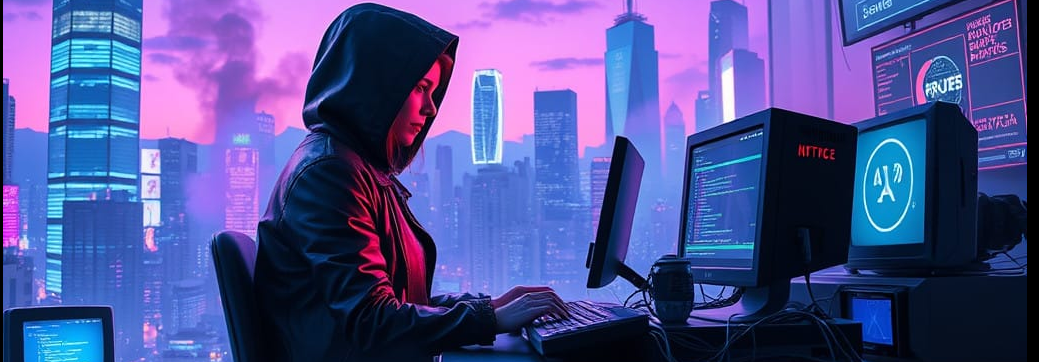Imagine a “Rewind” Button for Your Projects
Ever been working on an important document, made a bunch of changes, and then realized you messed something up beyond repair? You wish you could just go back to an earlier, working version, right? Or perhaps you’re collaborating on a group project, and everyone is saving their own copies, leading to confusion about which one is the “latest” or “correct” version. If any of this sounds familiar, then you’ve probably encountered the problems that a Version Control System (VCS) solves. Don’t let the tech-like name scare you! Think of a VCS as a super-smart system that keeps a detailed history of every single change ever made to your project files. It’s like having an infinite “undo” button, plus a meticulously organized library of all your project’s different stages.
What Does a VCS Do
 Imagine you’re writing a book. Instead of just saving “MyBook.doc” over and over, a VCS would:
Imagine you’re writing a book. Instead of just saving “MyBook.doc” over and over, a VCS would:
- Keep Every Draft: Every time you make a set of changes you’re happy with, you tell the VCS to “save this version.” It doesn’t just overwrite your old file; it intelligently records what changed from the previous version. This means you can always go back and look at, or even restore, any past draft.
- Track Who Did What: If you’re writing the book with a co-author, the VCS knows exactly who made which changes and when. No more guessing who added that paragraph or accidentally deleted a chapter!
- Handle Teamwork Gracefully: This is where a VCS truly shines for collaboration. If you and your co-author are working on different chapters at the same time, the VCS helps combine your work seamlessly. If you both happen to edit the same sentence, it will flag it and help you decide whose change to keep, preventing accidental overwrites.
- Experiment Freely: Want to try a radical new ending for your book without messing up your main story? A VCS lets you create a “branch” – a separate, temporary version of your project where you can experiment. If the new ending works, you can easily merge it back into your main story. If not, you can simply discard it without affecting your main work.
 Why is This So Important for Software?
Why is This So Important for Software?
While we used the book example, the concept is absolutely critical for managing source code – the instructions that tell a computer program what to do. Software development involves constant changes, bug fixes, new features, and many people working together. Without a VCS, this would be chaos!
A VCS like Git (the most popular one) is the backbone of modern software development. It ensures that every line of code has a history, every change is tracked, and teams can work together efficiently without stepping on each other’s toes. It’s the silent hero that keeps software projects organized, collaborative, and allows developers to build amazing things without fear of losing their progress.
So, the next time you hear “version control,” just think of it as an incredibly powerful “rewind” button and a smart project librarian all rolled into one!
